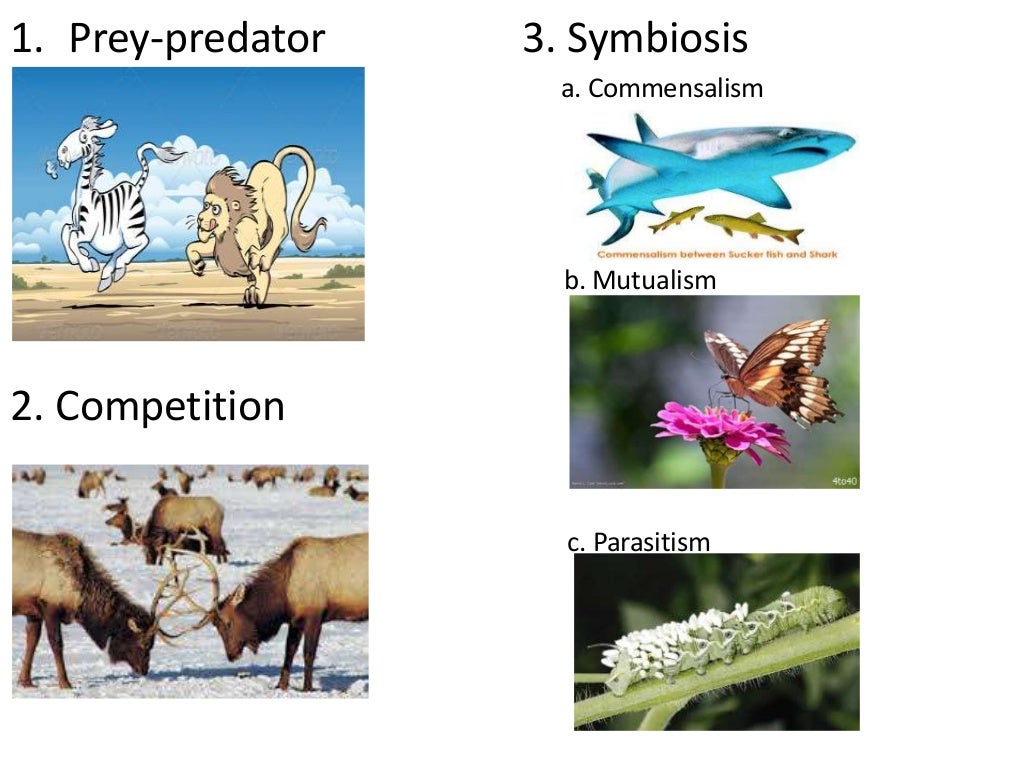Living Grids represent a revolutionary shift in energy infrastructure, moving beyond traditional grids to create a dynamic, self-regulating system. This innovative approach leverages distributed energy resources (DERs), advanced sensors, and artificial intelligence to optimize energy generation, distribution, and consumption. The result is a more resilient, efficient, and sustainable energy landscape.
Imagine a city where homes and businesses not only consume energy but also contribute to the grid, seamlessly integrating renewable sources and intelligent energy management. This is the promise of the living grid, a vision rapidly moving from theoretical concept to practical reality.
Defining “Living Grid”
A living grid represents a paradigm shift in electricity distribution, moving away from the centralized, unidirectional model of traditional grids towards a decentralized, dynamic, and self-regulating system. This transformation leverages advancements in technology to create a more resilient, efficient, and sustainable energy infrastructure.
Core Concept of a Living Grid
Unlike traditional grids, which rely on large, centralized power plants and a hierarchical structure for electricity generation and distribution, a living grid incorporates distributed energy resources (DERs) such as solar panels, wind turbines, and batteries at various points throughout the network. This decentralized approach allows for greater flexibility and adaptability to changing energy demands and supply conditions. The system intelligently manages the flow of electricity based on real-time data and predictive analytics, optimizing efficiency and minimizing waste.
Real-World Applications of a Living Grid
Several pilot projects and deployments showcase the potential of living grids. Microgrids in communities, supporting critical facilities during outages, exemplify this. Furthermore, integrating renewable energy sources into existing grids, thus reducing reliance on fossil fuels, is a key application. Smart homes and buildings, equipped with energy management systems, are becoming integral components of a larger living grid network.
Key Characteristics of a Living Grid System
A living grid is characterized by its distributed generation, intelligent control systems, bidirectional power flow, real-time monitoring and management, and integration of various energy sources. The ability to adapt to fluctuating energy demands and supply disruptions is a defining feature. High levels of automation and self-healing capabilities are also critical aspects.
Comparison with Other Smart Grid Technologies
While living grids share some similarities with other smart grid technologies, they distinguish themselves through their higher degree of decentralization and self-organization. Advanced metering infrastructure (AMI) and smart meters provide data, but living grids go further by actively managing and optimizing energy flow based on real-time conditions and predictions. The emphasis on distributed generation and bidirectional power flow sets living grids apart from traditional smart grid implementations.
Components of a Living Grid
Several key components work together to create a functioning living grid. These components interact dynamically, adjusting to changing conditions to ensure reliable and efficient energy distribution.
Essential Components of a Living Grid Infrastructure
A living grid relies on a complex interplay of various technologies and infrastructure elements. These include DERs (distributed energy resources), advanced metering infrastructure (AMI), communication networks, energy storage systems, and intelligent control systems.
Role of Distributed Energy Resources (DERs)
DERs are the heart of a living grid. They include renewable energy sources like solar photovoltaic (PV) systems, wind turbines, and small-scale hydropower plants, as well as energy storage systems like batteries and pumped hydro. These resources inject power into the grid at various points, providing localized generation and reducing reliance on centralized power plants.
Communication Protocols and Data Management Strategies
Efficient communication is crucial for a living grid’s operation. Advanced communication protocols, such as advanced metering infrastructure (AMI) and various internet protocols, facilitate data exchange between DERs, control centers, and consumers. Data management strategies ensure real-time monitoring and analysis of grid conditions, enabling intelligent control and optimization.
Simplified Diagram of a Living Grid’s Interconnectedness

Source: slidesharecdn.com
| Component Name | Function | Technology Used | Scalability |
|---|---|---|---|
| Distributed Energy Resources (DERs) | Generate and inject power into the grid | Solar PV, wind turbines, batteries, fuel cells | High |
| Advanced Metering Infrastructure (AMI) | Monitor energy consumption and generation | Smart meters, communication networks | High |
| Intelligent Control System | Manage and optimize energy flow | AI, machine learning, software algorithms | High |
| Energy Storage Systems | Store excess energy for later use | Batteries, pumped hydro, compressed air | Moderate to High |
Benefits and Challenges of Living Grids
The transition to living grids presents both significant advantages and considerable challenges that need careful consideration.
Economic Benefits of Implementing a Living Grid

Source: dreamstime.com
Living grids can lead to cost savings through reduced reliance on centralized power plants and improved energy efficiency. The integration of DERs can reduce transmission and distribution losses, lowering overall energy costs for consumers and utilities. Furthermore, increased grid resilience can minimize the economic impact of power outages.
Environmental Advantages of a Living Grid
Living grids significantly contribute to environmental sustainability by promoting the integration of renewable energy sources. Reduced reliance on fossil fuels leads to lower greenhouse gas emissions and improved air quality. The decentralized nature of the grid also minimizes the environmental impact associated with large-scale power plants.
Challenges Related to Security and Reliability
The increased complexity of a living grid introduces potential security vulnerabilities. Cyberattacks targeting DERs or control systems could disrupt energy supply. Maintaining grid reliability in the face of diverse and distributed generation sources requires robust monitoring and control systems.
Regulatory Hurdles and Policy Considerations
Widespread adoption of living grids necessitates supportive regulatory frameworks and policies. Clear guidelines for integrating DERs, ensuring grid security, and managing data privacy are essential. Incentives for DER deployment and investment in smart grid technologies can accelerate the transition.
Technological Aspects of Living Grids
The functionality of a living grid depends heavily on a range of advanced technologies working in concert.
Role of Artificial Intelligence (AI) and Machine Learning (ML)
AI and ML play a crucial role in optimizing the operation of a living grid. They enable real-time monitoring, predictive analytics, and intelligent control of energy flow, enhancing efficiency and reliability. AI algorithms can optimize energy dispatch, predict grid conditions, and detect anomalies.
Advanced Sensors and Monitoring Systems
A comprehensive network of advanced sensors monitors various aspects of the grid, providing real-time data on energy generation, consumption, and grid conditions. This data is crucial for intelligent control and optimization, enabling proactive responses to changing conditions and potential disruptions.
Integration of Energy Storage Solutions
Energy storage systems are essential for balancing the intermittent nature of renewable energy sources. Batteries, pumped hydro, and other storage technologies buffer fluctuations in supply and demand, ensuring grid stability and reliability.
Technologies Used in a Living Grid
- Energy Generation: Solar PV, wind turbines, fuel cells, micro-hydro
- Energy Storage: Batteries, pumped hydro, compressed air energy storage
- Energy Distribution: Smart meters, advanced metering infrastructure (AMI), microgrids
- Monitoring and Control: Advanced sensors, AI, machine learning, communication networks
Case Studies and Future Trends
Several projects demonstrate the potential of living grids. Future advancements promise even greater capabilities.
The concept of a “living grid,” a sustainable and interconnected network of resources, is gaining traction. For those seeking a more self-sufficient lifestyle, a stark contrast is presented by the challenges and rewards of off-grid living, as detailed in this insightful article on off grid living in Maine. Ultimately, both approaches highlight the growing interest in alternative living arrangements and resource management, key components of a truly resilient living grid.
Existing or Pilot Projects
Several communities are already implementing aspects of living grids.
The Brooklyn Microgrid in New York City provides a resilient energy supply to a critical area, demonstrating the benefits of localized generation and grid independence.
The community microgrid in the island of Kauai, Hawaii, heavily integrates renewable energy sources, showcasing the potential for decarbonizing electricity systems.
Future Potential of Living Grids
Living grids are poised to play a central role in the transition to a sustainable energy future. Their ability to seamlessly integrate high percentages of renewable energy will be critical in achieving climate goals.
Potential Advancements in Technology
Advancements in battery technology, improved AI algorithms, and the development of more efficient and cost-effective DERs will further enhance the capabilities of living grids. Improved communication protocols and cybersecurity measures will also be crucial.
Smart City Powered by a Living Grid
Imagine a future city where buildings are equipped with solar panels and energy storage systems, seamlessly integrating with the living grid. Electric vehicles charge using renewable energy, and smart streetlights adjust their brightness based on real-time needs. The grid dynamically adapts to changing energy demands, ensuring a reliable and sustainable energy supply for all city functions, minimizing environmental impact, and fostering a resilient and efficient urban environment.
Outcome Summary
The transition to living grids presents both immense opportunities and significant challenges. While the potential economic and environmental benefits are substantial, addressing security concerns and navigating regulatory hurdles are crucial for widespread adoption. However, with continued technological advancements and collaborative efforts, living grids are poised to reshape our energy future, paving the way for smarter, more sustainable cities and a more resilient global energy system.
